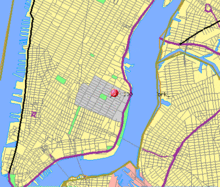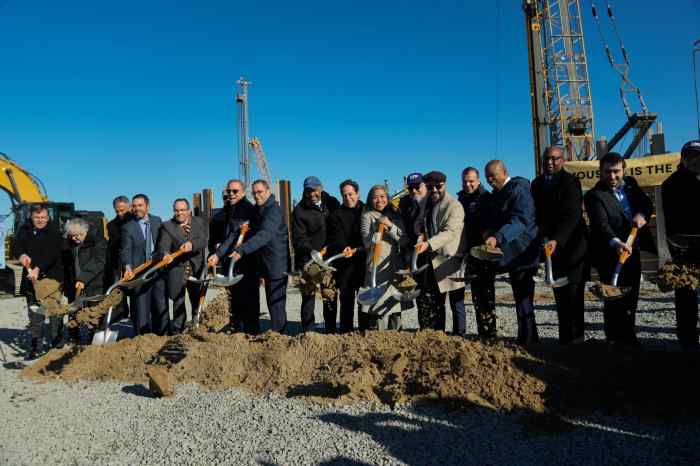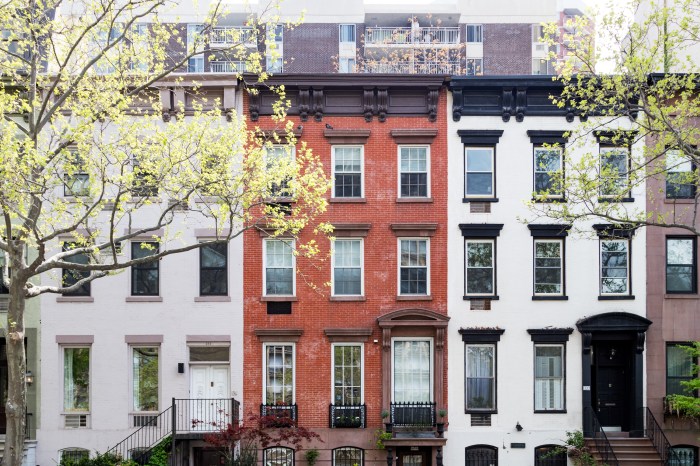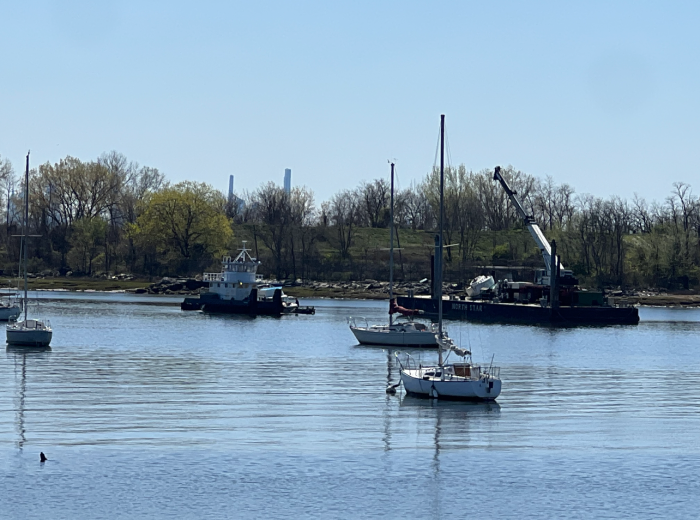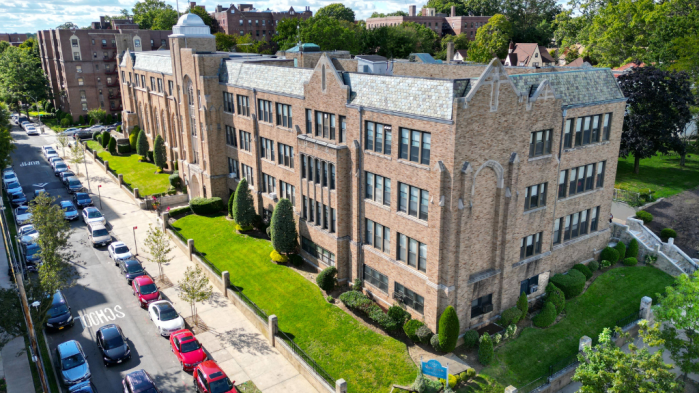BY ANNE HAYES | My home of 25 years is a rent-stabilized apartment in one of a set of three aging but stable East Village walk-ups.
The year 2012 brought a lot of stress and rapid changes as the developers who bought the buildings began a massive reconstruction project. They repeatedly offered buyouts accompanied by warnings of disruptive construction. Over time these tactics reduced the number of rent-regulated apartments by half in my building alone.
First a sidewalk shed was erected. Then surveillance cameras were installed on each floor. An electronic front-door entry system was installed with an encoded key fob that tracked the user’s entry history. One fob was issued per leaseholder, but that would be overturned in tenants’ favor by a Division of Homes and Community Renewal hearing.
Then construction began, and soon nonunion workers were demolishing units and common areas throughout the building. Disruptive work was scheduled during high-traffic periods. Unfinished work left open walls, hanging wires and debris.
One day, as tenants were leaving for work, individual stone stair steps and full landings were being replaced. Tenants had to walk over shaky plywood bridges just to get out of the building.
Whatever overt challenges the unprotected construction brought, the more troublesome threats were those of the potential long-term environmental variety. During demolition and construction, little was done to mitigate dangerous conditions. There was no air-quality monitoring equipment, no HEPA-filter vacuums and minimal sweeping/mopping. Plastic sheeting was taped up but never cleaned or replaced as it sagged and deteriorated. Most of us developed dry coughs and suffered from irritated, dry eyes. The image of a layer of dust on the surface of my eyes was captured at an eye exam.
In 2013, our building filed a D.H.C.R. complaint concerning conditions. A D.H.C.R. inspector issued violations for excessive dust, inadequate janitorial services and broken stairwell steps. To my knowledge, violations still stand, though general conditions improved as sledgehammers and saws inevitably gave way to paintbrushes and brokers.
Our experience with the Department of Buildings was mixed, with inspectors either not responding to repeated complaints or claiming no access to the building. Alternatively, inspectors noted no work in progress at the time of inspection, despite a consistent weekday construction schedule of 8 a.m. to 4 p.m. for almost two years. Finally, months into the job, D.O.B. issued a stop-work order.
Many of us suffered through ceiling collapses, cracks in walls and leaks, and all of us were subject to gas and electric shut-offs with little or no notice. Some notices were posted, but after utility interruptions had occurred. I often worried about whether the workers were actually qualified to work with live gas and electricity as utilities were reconfigured to match the redesigned layout of new, compact apartments.
Last year, two days before vacation, my bathroom ceiling collapsed when workmen dropped a beam through the open floor of the apartment directly above. Other tenants had the added burden of legal bills resulting from nuisance cases filed by owners seeking proof of primary residency status. Most of these were dropped after numerous postponements and before final court dates, but not before running up costs to tenants for retaining counsel.
Tenants are hit from so many directions that even the most knowledgeable can feel overwhelmed, unsafe and unsure which agency to contact in the acronym soup. Living in the hyper-vigilant state that is required to stay on top of conditions takes a toll. We survived by internal tenant organizing, aided by GOLES and Cooper Square Committee. These organizations help us link to tenants on neighboring blocks who stood their ground while enduring similar aggressive construction projects.
As one of the many tenants living through these tactics of landlord harassment, I fully support the new Stand for Tenant Safety campaign. S.T.S. has brought together community-based tenants’ rights groups and legal service organizations to fight back against landlords’ use of disruptive and harmful construction as a harassment tactic.
After the two years of harassment I experienced from dangerous work in my building, I now strongly believe that real, meaningful changes must be made at D.O.B. to keep tenants, workers and our affordable housing stock safe.
For more information about the Stand for Tenant Safety campaign, visit https://www.standfortenantsafety.com



